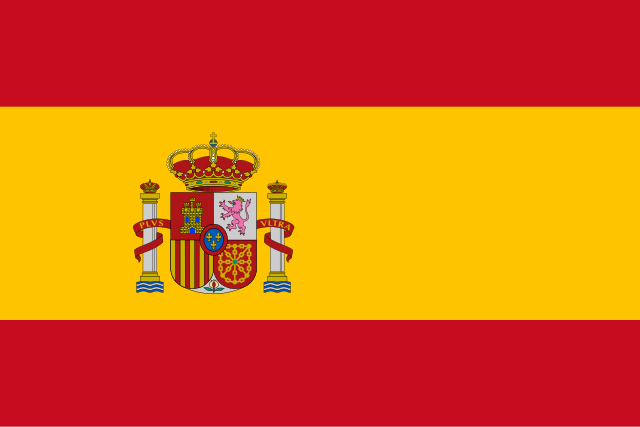
Electoral Systems in EU Member States
Objective: This worksheet aims to familiarize students with various electoral systems used in democratic countries, particularly within the EU and the USA, enabling them to understand their mechanisms, advantages, and disadvantages.
Content and methods: The worksheet initiates learning through a chat dialogue between two teenagers, introducing basic concepts of electoral systems. It then provides a detailed infobox explaining different systems such as Proportional Representation, Majoritarian Voting, Mixed-Member Proportional Representation, Single Transferable Vote, and Block Voting. The worksheet includes specific case studies of three EU member states to illustrate the application of these systems in real-world contexts. Students are tasked with filling out a table to compare and contrast the political situations and electoral systems of these countries, identifying similarities and differences. Additionally, it presents information on the US electoral system for comparative analysis. Finally, a quiz assesses comprehension of the various electoral systems discussed.
Competencies:
- Reading comprehension
- Comparative analysis
- Understanding of political systems
- Critical thinking and evaluation
Target group: 8th-10th grade
51 other teachers use this template
Target group and level
8th-10th grade
Subjects
Electoral Systems in EU Member States

Different electoral systems
Read through the chat between two teenagers, then get together with your classmates: What do you already know about different electoral systems? Do you know any other countries besides those mentioned by Ahmad and Alissa where different electoral systems are used?
Alissa
Hi Alissa! Are you ready for the test on electoral systems?
Hi Ahmad! Kind of. I know a bit about it, but I need more info.
Same here. Do you know how many electoral systems are used in the EU?
I think there are several. Some countries use proportional representation, right?
Yes! Like in Germany. Seats are divided based on the percentage of votes each party gets.
Cool! And what's the system called in the UK?
That's the First-Past-The-Post (FPTP) system. The candidate with the most votes wins.
Right! And isn't there a mixed system too?
Yes, countries like Italy use a mix of both proportional representation and FPTP.
Got it. What about the Single Transferable Vote (STV)?
That's used in places like Ireland. Voters rank candidates, and votes are transferred until the seats are filled.
This is actually interesting. Thanks for the info, Ahmad!
No problem, Alissa! Good luck with the test!
Electoral systems in EU member states
Now read the following infobox with information about the different electoral systems in the EU member states. Then look at the information texts about three different EU member states and their electoral systems.

Overview of electoral systems in the EU
Proportional Representation
Proportional representation aims to allocate seats in a parliament proportionally to the votes received by each party. Parties receive seats corresponding to the percentage of votes they obtain. This promotes fairer representation for smaller parties and minorities.
Used by: Germany, Austria, Sweden, Finland, Denmark, Belgium, Luxembourg, Netherlands, Spain, Portugal, and many others.
Majoritarian Voting
Majoritarian voting often involves the "First-Past-The-Post" system, where the candidate with the most votes in a constituency wins. This often leads to a stronger concentration of power among larger parties and can disadvantage smaller parties.
Used by: France (for the National Assembly), United Kingdom (for the House of Commons).
Mixed-Member Proportional Representation
The mixed-member proportional representation system combines elements of proportional representation and majoritarian voting. Voters typically have two votes: one for a direct candidate in their constituency and one for a party at the national level. This balances the advantages of both systems.
Used by: Germany (Bundestag), Italy (until 2017), Hungary.
Single Transferable Vote
The single transferable vote system allows voters to rank candidates in order of preference. The votes are redistributed according to these preferences until all seats are filled. This minimizes wasted votes and promotes more proportional representation.
Used by: Ireland, Malta.
Block Voting
In block voting, voters select multiple candidates, and the candidates with the most votes win. This system can lead to an overrepresentation of the strongest parties.
Used by: France (for municipal elections), Spain (for Senate).
The diversity of electoral systems within the EU ensures a wide range of democratic processes and methods of representation.
Spain

Ireland

Romania

Fill out the table, using the information from the texts about the three countries.
Additional information for teachers
Fill out the table, using the information from the texts about the three countries.

Elections in the USA
The US presidential election of 2024 will take place on November 5, 2024, and will be the 60th election of its kind. Citizens in all states and the District of Columbia will vote for electors, who will then elect the president and vice president. Incumbent President Joe Biden withdrew his candidacy in July 2024 and endorsed Kamala Harris, who became the Democratic Party's presidential candidate. Her opponent is former President Donald Trump, who is running for a second, non-consecutive term and received the Republican Party's nomination. The election is conducted through an indirect voting system, where voters choose members of the Electoral College, who then determine the president and vice president. The election coincides with the elections for the US Senate, House of Representatives, governors, and state legislatures. The winners of the presidential election will be inaugurated on January 20, 2025.
Quiz
Test your knowledge about the different electoral systems to conclude. Can you answer all the questions? For help, take another look at the info box at the beginning of the worksheet.